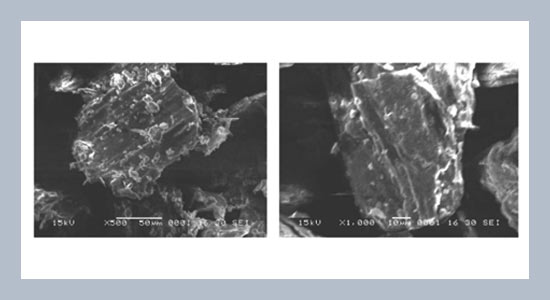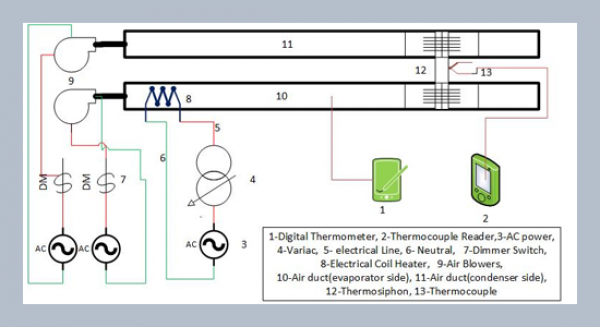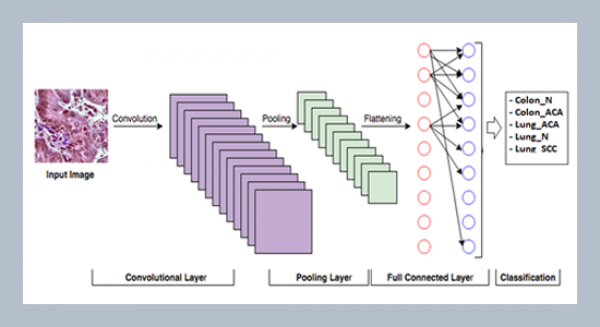REFERENCES
- [1] Ozer, A., G. Akkaya, and M. Turabik. 2005. The biosorption of acid red 337 and acid blue 324 on enteromorpha prolifera: The application of non linear regression analysis to dye biosorption, Chemical Engineering Journal, 112: 181-190.
- [2] Zollinger, H. 1987. Colour Chemistry – synthesis properties and applications of organic dyes and pigments, New York: VCH publishers, 92-100.
- [3] Aksu, Z. 2001.Biosorption of reactive dyes by dried activated sludge: equilibrium and kinetic modeling, Biochemical engg. Journal, 7: 79-84.
- [4] McKay, G., S.J. Allen, I.F. McConvey, and M.S. Otterburn. 1981. Transport processes in the sorption of colored ions by peat particles, Journal of Colloid and Interface Science, 80: 323-339.
- [5] McKay, G., H.S. Blair, and J.S. Gardner. 1983. Rate studies for the adsorption of dyestuffs on chitin, Journal of Colloid and Interface Science, 95: 108-119.
- [6] Asfour, H.M., O.A. Fadeli, M.M. Nasser, and M.S. Geundi. 1985. Colour removal from textile effluents using hardwood sawdust as adsorbent, Journal Chemical Technology Biotechnology, 35: 28-35.
- [7] Khare, S.K., K. Panday, R.M. Srivastava, and V.N. Singh. 1987. Removal of Victoria Blue from aqueous solutions by fly ash, Journal Chemical Technology Biotechnology, 38: 99-104.
- [8] Yoshida, H., S. Fukuda, S. Okamota, and T. Kataoka. 1991. Recovery of direct dye and acid dye by adsorption on Chitosan fiber equilibria, Water Science Technology, 23: 1667-1676.
- [9] Lee, C.K., and K.S. Low. 1997. Quaternized rice husk as sorbent for reactive dyes, Bioresour. Technol, 61: 121-125.
- [10] Juang, R.S., R.K.L. Tseng, F.C. Wu, and S.H. Lee. 1997. Adsorption behaviour of reactive dyes from aqueous solution on chitosan, Chem. Techno, 70: 391-399.
- [11] Jain, A.K., V.K. Gupta, A. Bhatnagar, and Suhas. 2003. A comparative study of adsorbents prepared from industrial wastes for removal of dyes, Sci. Technol, 38, 2: 463-481.
- [12] Sung, W.W., and Y.S. Yun. 2008. Biosorptive removal of reactive yellow 2 using waste biomass from lysine fermentation process, Dyes and Pigments, 76, 2: 502-507.
- [13] Silva, J. P., S. Sousa, J. Rodrigues, H. Antunes, John J. Porter, I. Gonçalves, and S.F. Dias. 2004. Adsorption of acid orange 7 dye in aqueous solutions by spent brewery grains, Purif. Technol, 40: 309-315.
- [14] Low, K.S., C.K. Lee, and S.C. Liew. 2000. Sorption of cadmium and lead from aqueous solutions by spent grain, Process Biochemistry, 36: 59-64.
- [15] Tsai, W.T., H.C. Hsu, T.Y. Su, K.Y. Lin, and C.M. Lin. 2008. Removal of basic dye (methylene blue) from waste waters utilizing beer brewery waste, Journal of Hazardous Materials, 154: 73-78.
- [16] Namasivayam, C., and D. Kavitha. 2002. Removal of Congo Red from water by adsorption onto activated carbon prepared from coir pith, an agricultural solid waste, Dyes and Pigments, 54: 47-58.
- [17] Chiou, M.S., and H.Y. Li. 2002. Equilibrium and kinetic modeling of adsorption of reactive dye on cross-linked chitosan beads, Journal of Hazardous Materials B, 93: 233-248.
- [18] Aksu, Z., and E. Kabasakal. 2004. Batch adsorption of 2, 4-dichlorophenoxy- acetic acid (2, 4-D) from aqueous solution by granular activated carbon, Purif. Technol, 35: 223- 240.
- [19] Mane, S., I.D. Mall, and V.C. Srivastava. 2007. Dyes and Pigments, 73: 269-278.
- [20] Yasin, Y., M.Z. Hussein, and F.H. Ahmad. 2007. The Malaysian J. of Analytical Sci., 11, 11: 400-406.
- [21] Ho, Y.S., and C.C. Chiang. 2001. Sorption studies of Acid dye by mixed sorbents, Adsorption, 7: 139-147.
- [22] Aksu, Z., and S. Tezer. 2005. Biosorption of reactive dyes on the green alga chlorella vulgaris, Process Biochemistry, 40: 1347-1361.
- [23] Lagergren, S. 1898. Kungliga Svenska Vetenskapsakademiens, Handlinger, 24, 4: 1-39.
- [24] McKay, G., and Y.S. Ho. 1999. Pseudo second order model for sorption processes, Process Biochemistry, 34: 451-465.
- [25] Ho, Y.S., C.T. Huang, and H.W. Huang. 2002. Equilibrium sorption isotherm for metal ions on tree fern, Process Biochemistry, 37, 12: 1421-1430.















